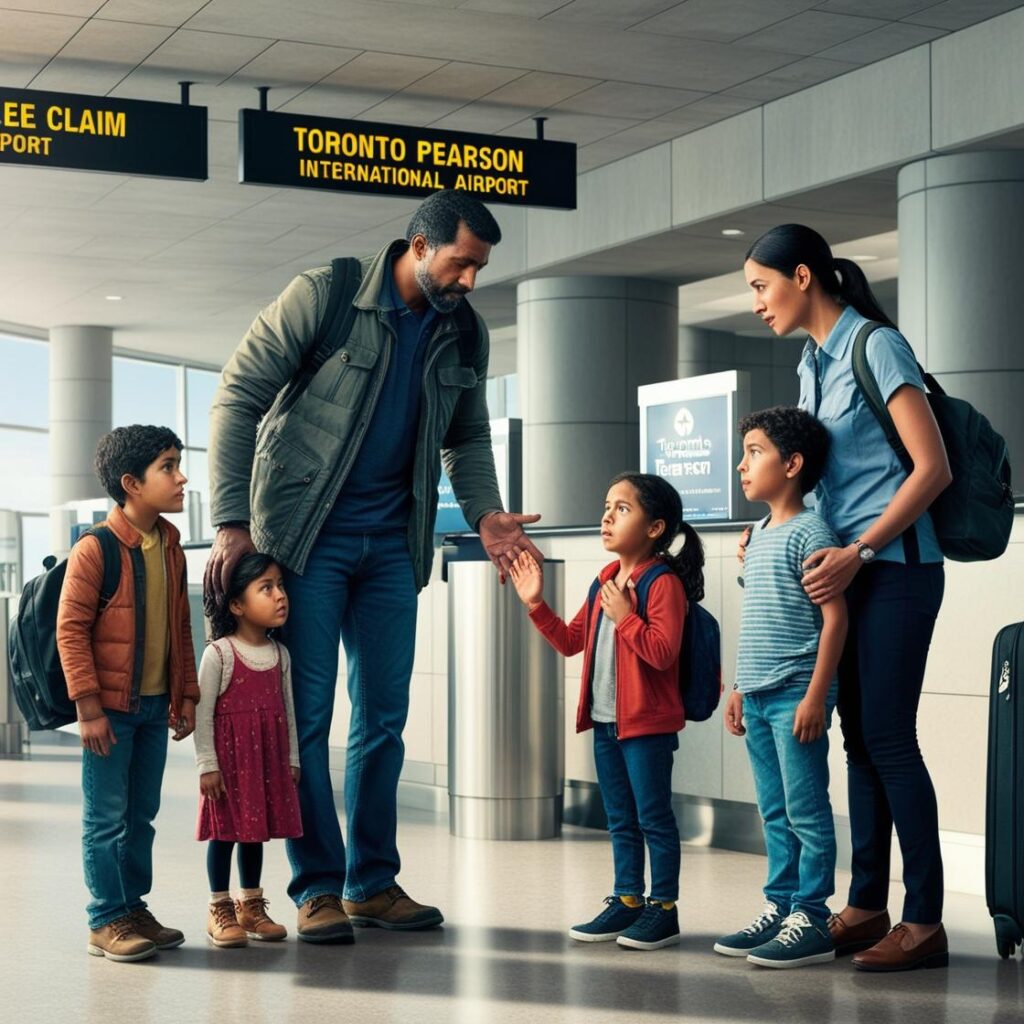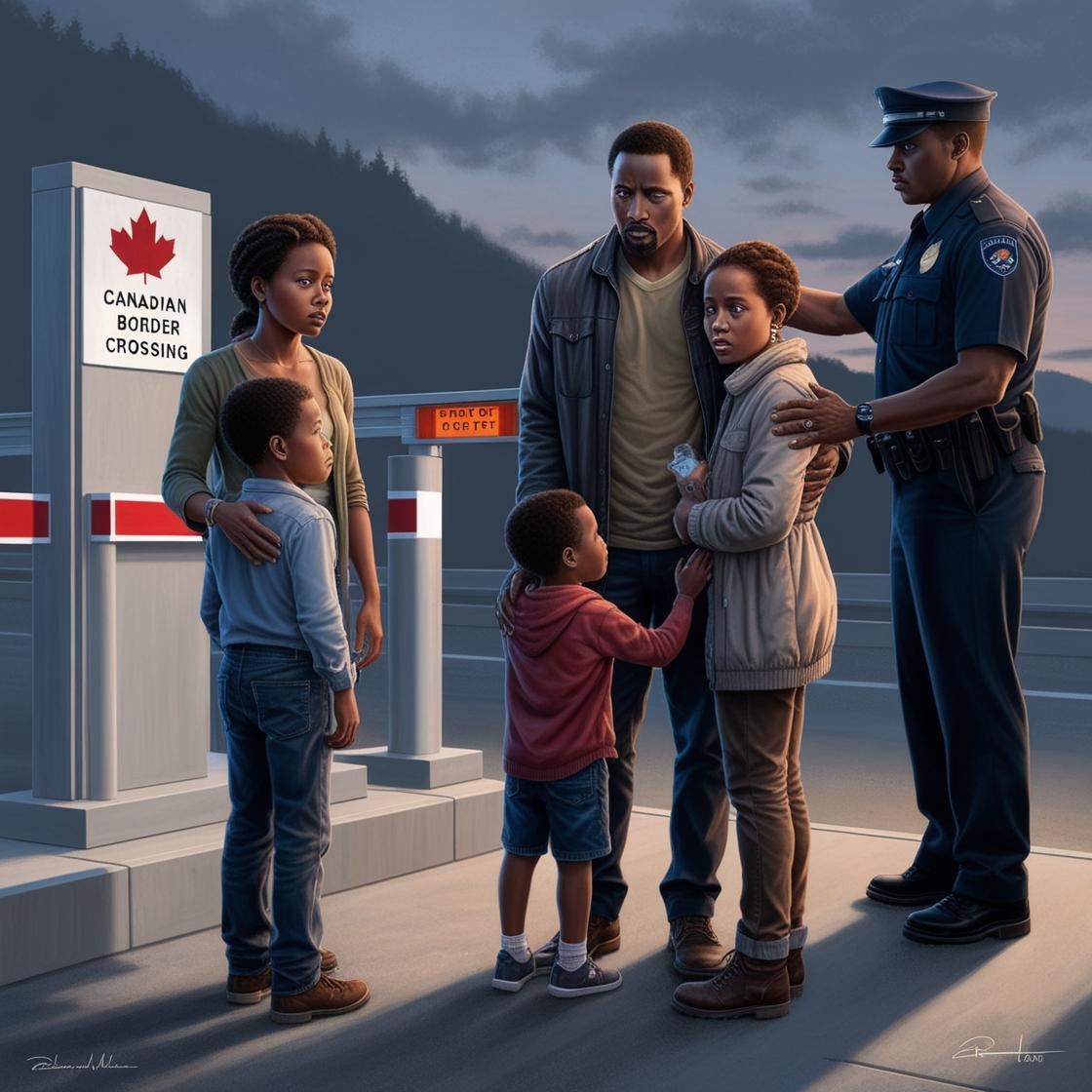If you are fleeing persecution, violence, or a threat to your life in your home country, Canada offers refugee protection under its internationally respected legal system. This article explains how to file a refugee claim in Canada, who qualifies, and under what laws. If you are an asylum seeker, this guide can help you understand your rights and process under Canadian immigration law.
📘 What is a Refugee Claim?

A refugee claim is a request for protection made by a person in Canada who fears returning to their country due to persecution, violence, or risk to life. These individuals are commonly referred to as Convention refugees or persons in need of protection under the Immigration and Refugee Protection Act (IRPA).
Canada evaluates refugee claims through the Immigration and Refugee Board (IRB) – an independent administrative tribunal. Learn more:
🔗 About the IRB – Canada.ca
🛡️ Who Can Claim Refugee Status in Canada?
Anyone physically present in Canada—whether on a visitor visa, expired status, or no status—can make a claim if they have a well-founded fear of persecution or face a risk to life or safety. This includes people fleeing:
- Religious or political persecution
- Gender-based violence (GBV) or domestic abuse
- Torture or cruel and unusual punishment
- LGBTQ+ discrimination
- Ethnic or racial violence
- Persecution by gangs, militias, or cartels
Even undocumented individuals may submit a claim. Canada evaluates protection needs based on international law—not immigration history.
📜 Legal Basis Under IRPA: Sections 96 and 97
Canada’s refugee protection program operates under the Immigration and Refugee Protection Act (IRPA):
🔹 Section 96 – Convention Refugees
You may qualify if you have a well-founded fear of persecution based on:
- Race
- Religion
- Nationality
- Political opinion
- Membership in a particular social group (e.g., LGBTQ+, women facing GBV)
📖 Full IRPA Text:
🔗 IRPA – Justice Laws Website
🔹 Section 97 – Person in Need of Protection
You may qualify if you are at risk of torture, risk to life, or risk of cruel and unusual treatment. This applies even if you’re not a Convention refugee.
📚 Recommended Reading:
🔗 Refugee protection: who can apply – Canada.ca
🔍 Who Are Common Refugee Claimants?
Canada welcomes a broad range of refugee claimants. Here are some examples:
1. Political Activists
Facing arrest or torture due to dissent or opposition to authoritarian governments.
2. LGBTQ+ Individuals
Targeted due to criminalized sexual orientation or gender identity in home countries.
3. Victims of Gender-Based Violence
Women fleeing forced marriage, domestic abuse, or honor-based violence, especially where police protection is lacking.
📖 Amnesty International Report on GBV & Refugees
4. Ethnic or Religious Minorities
Subjected to state-sponsored or societal persecution based on faith, caste, or ethnicity.
5. Journalists and Human Rights Defenders
Facing retaliation for reporting corruption or abuses.
6. Victims of Gang or Cartel Violence
In countries where organized crime operates with impunity and the state is unable to protect civilians.
📂 How to File a Refugee Claim in Canada
Option 1: At a Canadian Port of Entry
Declare your intention to seek asylum to a Canada Border Services Agency (CBSA) officer at the airport or land border.
Learn more:
🔗 Making a claim at the border – Canada.ca
Option 2: Inside Canada (Online Portal)
Use the IRCC Portal to submit your refugee claim electronically. You’ll be asked to:
- Submit personal and identity information
- Complete the Basis of Claim (BOC) form
- Upload supporting documents
Access the portal here:
🔗 IRCC Online Portal – Claim Refugee Protection
🧾 Required Documents & What Happens Next
After filing, your claim is referred to the Refugee Protection Division (RPD). You will be given a hearing date, typically within a few months. Prior to the hearing, submit:
- Identity documents (passport, national ID)
- Police reports, medical evidence
- Country condition reports
- Personal affidavits and witness statements
You may also access Legal Aid in most provinces if you cannot afford a lawyer.
🔗 Legal Aid Services – Justice Canada
⚖️ What If My Refugee Claim Is Refused?
If your claim is rejected, you may have access to:
- Refugee Appeal Division (RAD)
- Judicial review at Federal Court
- Pre-Removal Risk Assessment (PRRA)
- Humanitarian and Compassionate Grounds (H&C) application
✅ Canada Respects the Right to Protection
Canada is committed to international human rights treaties, including:
- 1951 UN Refugee Convention
- Convention Against Torture
- Universal Declaration of Human Rights
📖 Explore:
🔗 UNHCR – Canada Refugee Protection Profile
📌 Additional Resources
- Immigration and Refugee Board of Canada
- IRPA Full Legislation – Justice Canada
- Refugee Claims and Hearings Guide (IRB)
- Amnesty International – Refugee Rights
🤝 Need Help with Your Refugee Claim?
Navigating a refugee claim can be complex. At Fourth Dimension Immigration, we assist clients with:
- Completing the Basis of Claim form
- Preparing for RPD hearings
- Legal representation & appeals
- Gathering strong evidence & documentation
Your protection is your right. Let us help you secure it.
📞 Contact Us Today | ✉️ info@4dimmigration.com
📍Mississauga | Serving clients across Canada








